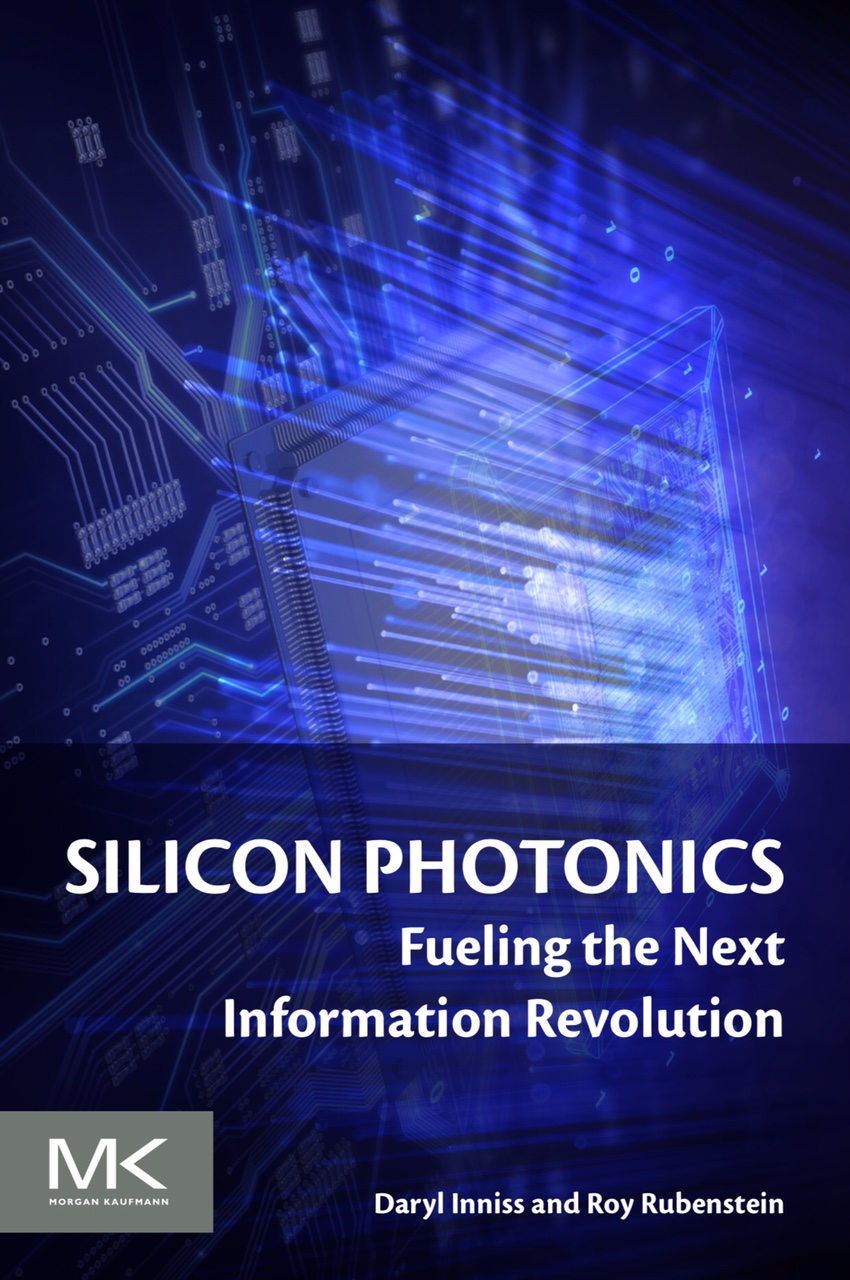The status of silicon photonics - an ECOC interview
 Wednesday, October 18, 2023 at 12:16PM
Wednesday, October 18, 2023 at 12:16PM Daryl Inniss and I being interviewed at ECOC by Adtran's Gareth Spence about the state of silicon photonics.

Click here for the interview.

Published book, click here
 Wednesday, October 18, 2023 at 12:16PM
Wednesday, October 18, 2023 at 12:16PM Daryl Inniss and I being interviewed at ECOC by Adtran's Gareth Spence about the state of silicon photonics.

Click here for the interview.
 Monday, August 7, 2023 at 12:10PM
Monday, August 7, 2023 at 12:10PM Optical is being added as a second physical medium to the PCI Express (PCIe) data transfer protocol.
PCI Express is an electrical standard, but now the Peripheral Component Interconnect Special Interest Group (PCI-SIG) has created a working group to standardise PCIe’s delivery optically.
PCI-SIG is already developing copper cabling specifications for the PCI Express 5.0 and 6.0 standards.
 Source: PCI-SIG
Source: PCI-SIG
Since each generation of PCIe doubles the data transfer rate, PCI-SIG member companies want copper cabling to help with the design of high-speed PCIe interconnects on a printed circuit board (PCB), between PCBs, and between racks (see diagram).
 Wednesday, July 19, 2023 at 11:57AM
Wednesday, July 19, 2023 at 11:57AM The size of AI models that implement machine learning continue to grow staggeringly fast.
Such AI models are used for computer vision, large language models such as ChatGPT, and recommendation systems that rank items such as search results and music playlists.
 David Lazovsky
David Lazovsky
The workhorse silicon used to build such AI models are graphics processing units (GPUs). GPU processing performance and their memory size may be advancing impressively but AI model growth is far outpacing their processing and input-output [I/O] capabilities.
 Friday, July 14, 2023 at 3:11PM
Friday, July 14, 2023 at 3:11PM Lightelligence is using silicon photonics to connect 64 cores of its AI processor. But the company has bigger ambitions for its optical network-on-chip technology
Lightelligence has unveiled its optical network-on-chip designed to scale multiprocessor designs.
The start-up’s first product showcasing the technology is the Hummingbird, a system-in-package that combines Lightelligence’s 64-core artificial intelligence (AI) processor and a silicon photonics chip linking the processor’s cores.
 Maurice Steinman
Maurice Steinman
A key issue impeding the scaling of computing resources is the ‘memory wall’ which refers to the growing gap between processor and memory speeds, causing processors to be idle as they wait for data to crunch.
 Friday, March 3, 2023 at 6:29PM
Friday, March 3, 2023 at 6:29PM Nubis Communications has ended its period of secrecy to unveil an optical engine targeted at systems with demanding data input-output requirements.
 Dan HardingThe start-up claims its optical engine delivers unmatched bandwidth density measured in terabits per millimetre (T/mm) and power consumption performance metrics.
Dan HardingThe start-up claims its optical engine delivers unmatched bandwidth density measured in terabits per millimetre (T/mm) and power consumption performance metrics.
“In the timeframe of founding the company [in 2020], it became obvious that the solution space [for our product] was machine learning-artificial intelligence,” says Dan Harding, the CEO of Nubis.
 Sunday, February 26, 2023 at 4:26PM
Sunday, February 26, 2023 at 4:26PM Hesham Taha, the CEO and co-founder of Teramount, describes the last two years for his company as eventful.
"Many things have happened on many fronts," he says.
Teramount has developed a fibre assembly technology for designs integrating photonics and chips.
 Hesham Taha
Hesham Taha
The start-up has raised $20 million in funding and has 30 staff. In addition, the company is recruiting staff experienced in manufacturing processes.
"The funding helps to support what we are working on today, which is manufacturing readiness," says Taha.
Taha also notes marketplace changes as when the rising interest in co-packaged caused some companies that had stepped out of silicon photonics to return.
 Wednesday, February 22, 2023 at 1:41PM
Wednesday, February 22, 2023 at 1:41PM OFC 2023 will be a show of multiple themes. That, at least, is the view of the team overseeing and coordinating this year's conference and exhibition.
General Chair Ming-Jun Li of Corning who is also the recipient of the 2023 John Tyndall Award (see profiles, bottom), begins by highlighting the 1,000 paper submissions, suggesting that OFC has returned to pre-pandemic levels.
Ramon Casellas, another General Chair, highlights this year's emphasis on the social aspects of technology. "We are trying not to forget what we are doing and why we are doing it," he says.
